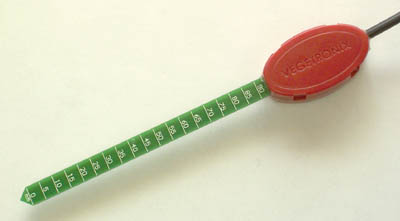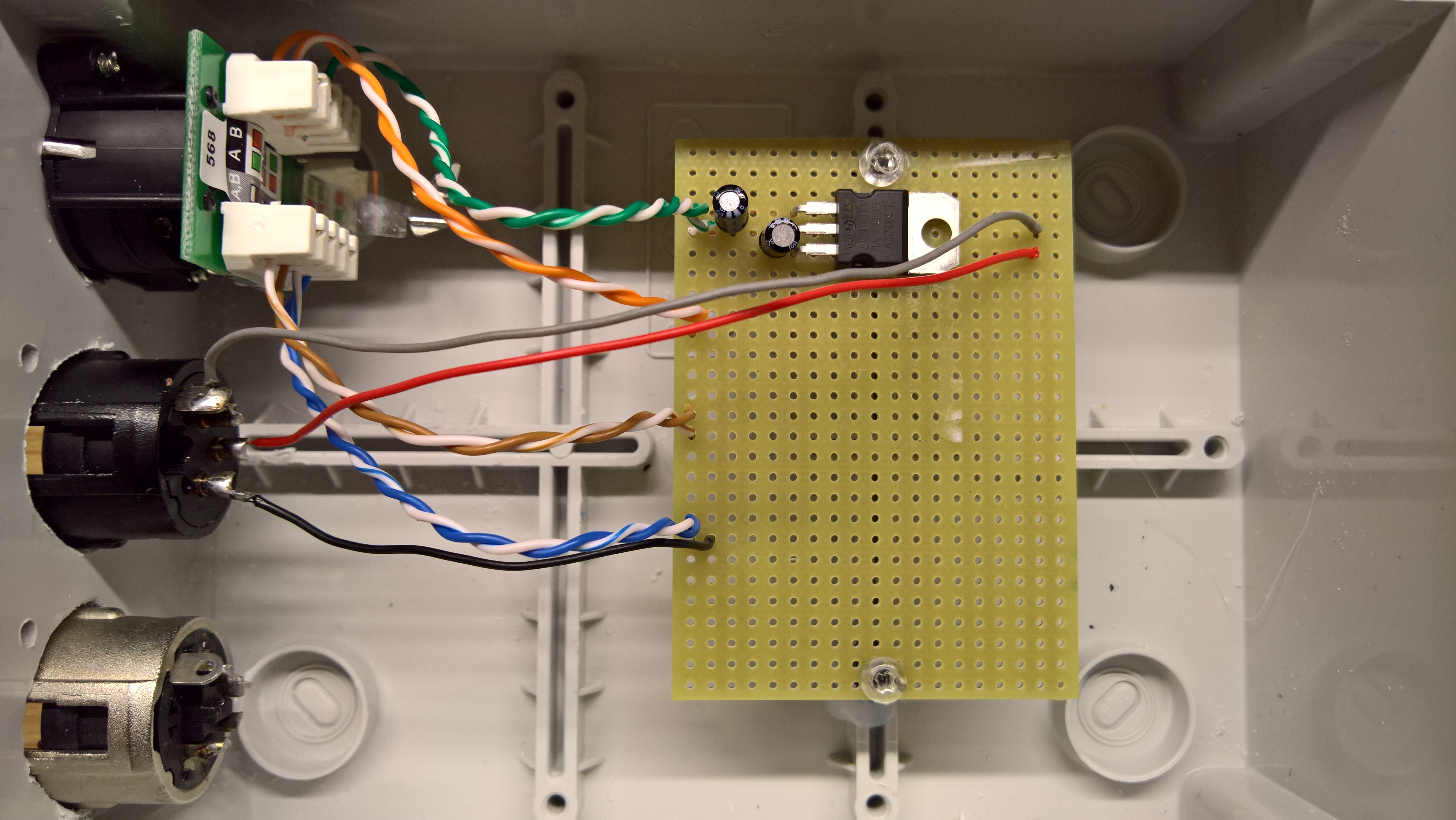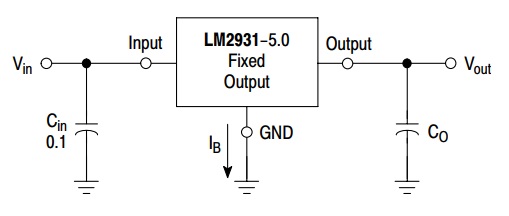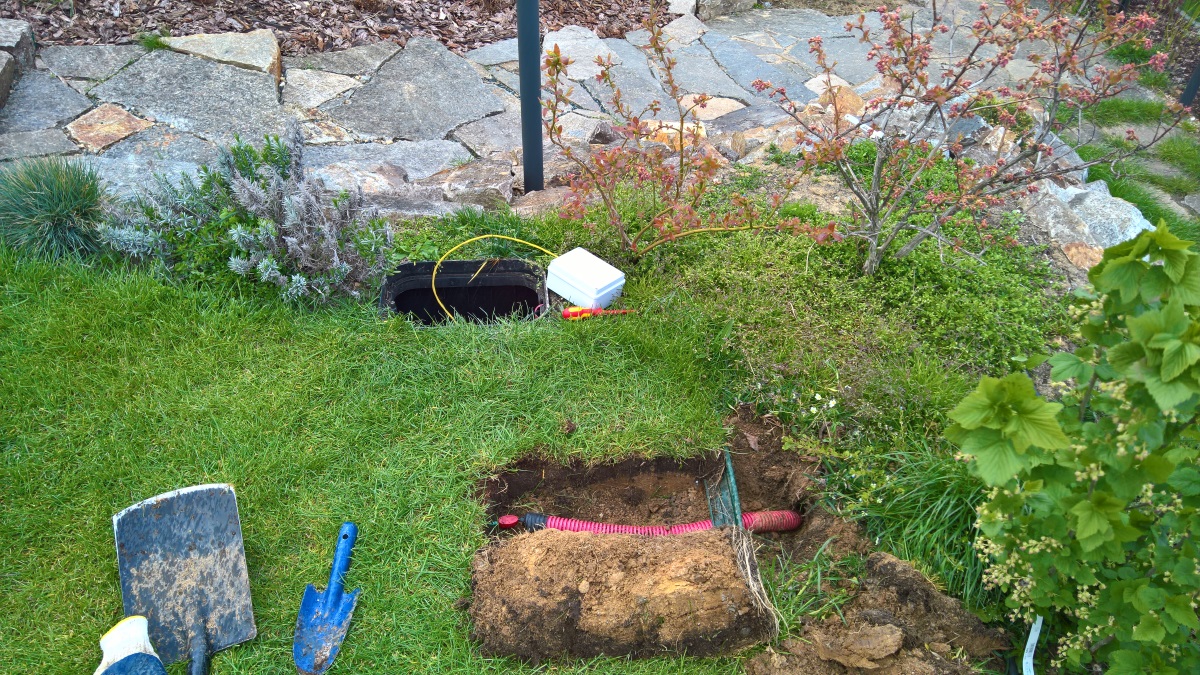Measuring soil humidity to control the garden irrigation

I have ordered Vegetronix VH400 – Moisture Sensor Probe. This is very interesting device. It is amazing in particular by the speed of measurement and immediate reaction to the moisture level change. Its power consumption is less than 13mA. However, the supply voltage has to be between 3.5V and 20 VDC which in case of Loxone integration represents additional voltage regulation.


Simple voltage regulator and two capacitors will make the trick and allow you to make 12V to feed the probe. As an output this gives you output range from 0 to 3V related to moisture content with 2% accuracy. Capacitors I used are based on the datasheet recommendations CI=0.1uF, CO=100uF.
I have connected this back to the Loxone Extension to one of the analogue inputs and set the proper correction curves in Loxone config to map 0V to 0% and 3V to 100% soil humidity.
I have buried the sensor under the grass lawn. Since the sensor takes an average across the blade, for a precise reading at a particular depth, it is recommended to bury it horizontally such that water will not pool up on the blade.
Now with the live soil moisture reading it is very easy to block the watering system every time the soil moisture exceeds given limit. You have to play a bit with the values to set the optimum humidity levels.



Tried connecting same sensor to Loxone today through TDK 12V transformer. It gives me just random numbers from 0 to 1V. I submerge it into cup of water it may show 0V and changes all the time no matter if it’s dry or in the water.
Did you make sure the GND of both power circuits is connected? It will be random if the sensor and the Loxone input do not have the same 0V as their reference point.
Hi, i used a direct transformer with 12V, and i get right results when wet, 2.4-2.99 but when i put the reading inside the loxone AI reading, it makes half of it. Any ideea why? The negative is comune.
Same thing here, Loxone reads only half of the value, anu ideea why?
Isn’t this because you use different power source for the sensor? Have you measured if the voltage on the AI against GND is same as Loxone is reporting? If yes, couldn’t there be resistance on the long wiring lowering the voltage at the end of the cable? Just thinking loud here.